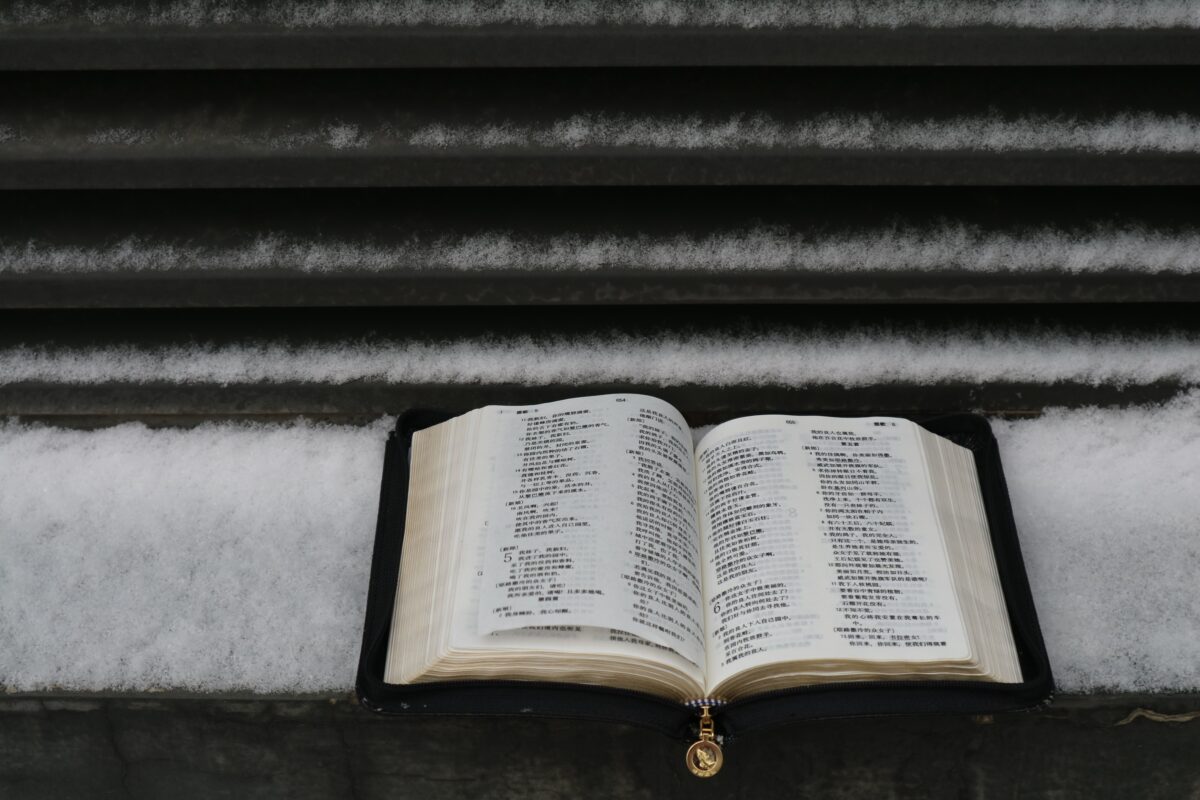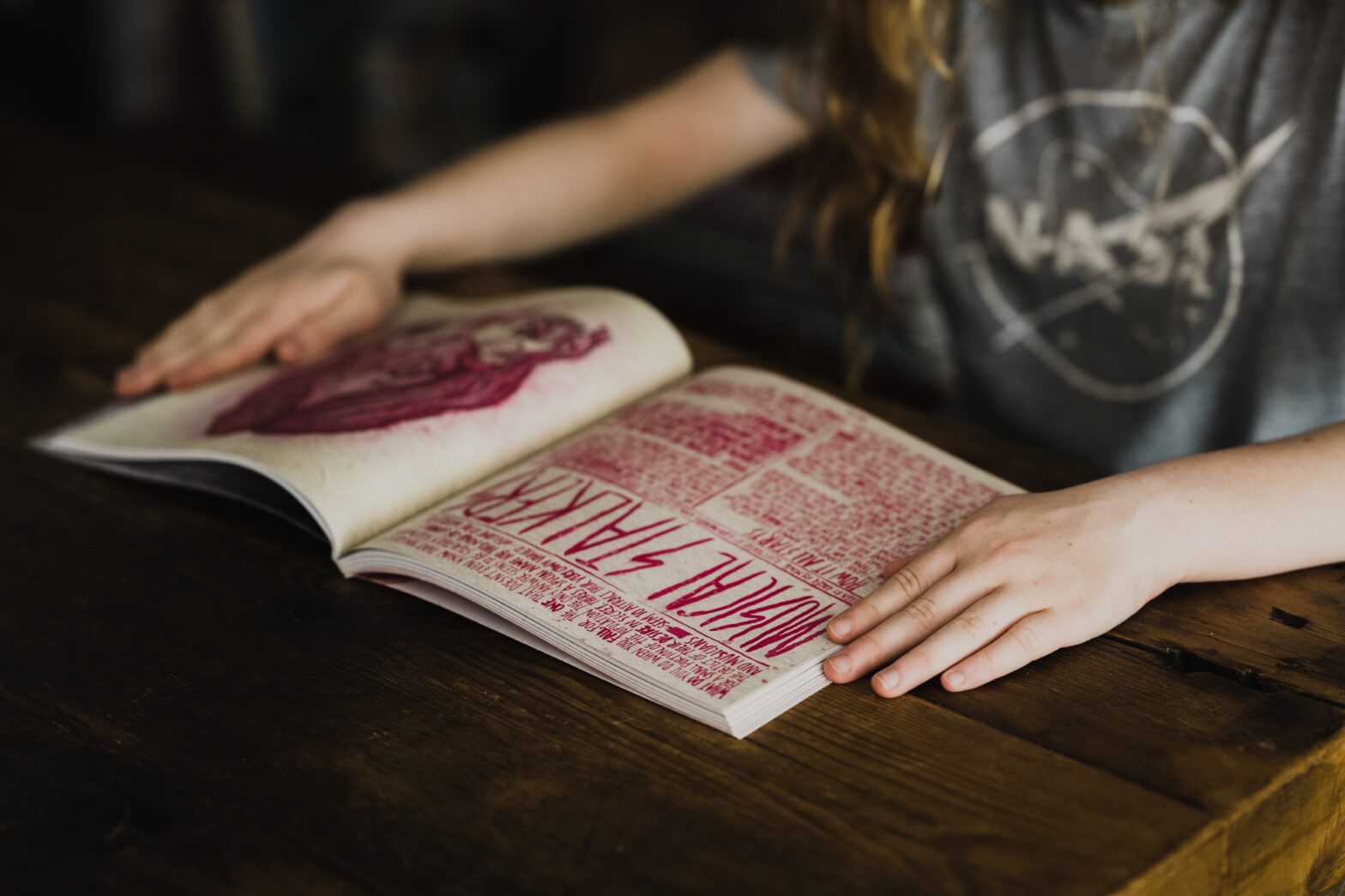This collection contains modern teenage novels, obvious and not so obvious. It would be logical to see here historical novels. For example, a book about suffragettes “What a smart girl is capable of”, and not “Secrets of Larispem”. With blood magic and a butcher’s city-state in a world far from our past reality. But all of these books are in some way inspired and based on facts from world history. And can inspire to study it. Or expand your own horizons. Or not to inspire and engage in anything but just pass the time. Which, in general, isn’t bad either.
Ferjuh Malika. Broadway Dreamers. Volume 1. “Dinner with Cary Grant”
American culture (especially music and cinema!) 40s-50s of the XX century, bohemian life
Post-war New York in the eyes of a seventeen-year-old pianist, who mistakenly settled in a women’s boarding house (the French name Jocelyn is female for the American ear). Is exactly the same as in the films of the golden age of Hollywood: alluring, inaccessible and mysterious. The protagonist’s friends will be his roommates at the boarding house – the saleswoman Hadley, the Manhattan dancer, the model named Chic and the actress Paige – each of whom also intends to conquer New York. And New York has already conquered them all. And readers at the same time.
Bray Libba, The Prophets
American Roaring Twenties – Flappers, Workers’ Rights, Mysticism, Prohibition, Eugenics.
The charismatic seventeen-year-old Evie – a walking problem – comes to her New York uncle. Investigates brutal ritual murders, discovers the awakening of an ancient Evil and meets other young people (a dancer, a bookie and simply a swindler) with superpowers. The eerie atmosphere only sets off both the classic growing up story and the captivating detective story.

Pierre-Pajot Lucy. “Secrets of Larispem. Volume 1. The Voice of the Blood “
The adventures of three teenage marauders Carmine (also a butcher) and Liberte (when she is not robbing estates. She is an engineer), as well as Nathaniel’s orphans, who learned about the existence of blood magic in an alternative, steampunk Paris in 1899. Deciphering the new language of the commoners who came to power here is as easy as shelling pears: remove the obligatory initial “l”. Discard the suffix, and put the last letter in front: (L) arisp (em) – Paris.
Lucy Pierre-Pajo‘s trilogy, for all its fantasticness, borders on the real story more than clearly. It’s not only about the numerous footnotes with references to the real facts of history and certainly not about Jules Verne as a character. The world itself is completely saturated with French culture.
Pandazopoulos Isabl. “Three girls in a rage”
“Red may” of the student revolution, “black colonels”, the partition of Berlin
This novel in letters, generously arranged with photographs. Is not a portrait of the revolution, but the story of the growing up of three heroines against its background. In 1968, they were all eighteen: Parisian Suzanne, her German cousin Magda, who moved from the GDR to West Berlin. And the Greek woman Cleomenes, who fled from her homeland to Paris. They have different, incomparable (and who will compare!) Problems: from the risk of never seeing their own family due to state policy to love and sexual conflicts. Problems cause rage. Rage breeds rebellion.
Nichols Sally. “What a clever girl is capable of“
Suffragette movement in Great Britain at the beginning of the twentieth century, World War I
A fast-paced historical novel, woven from the lines of Evelyn aspiring to go to Oxford, daughter of suffragette May and young worker Nell. Of the entire list, here is perhaps the maximum concentration of history – so much so that all the plot lines of the heroines (even the sugary-sweet sapphic one, which occupies the lion’s share at the beginning of the novel) at times seems secondary against the background of world events.


